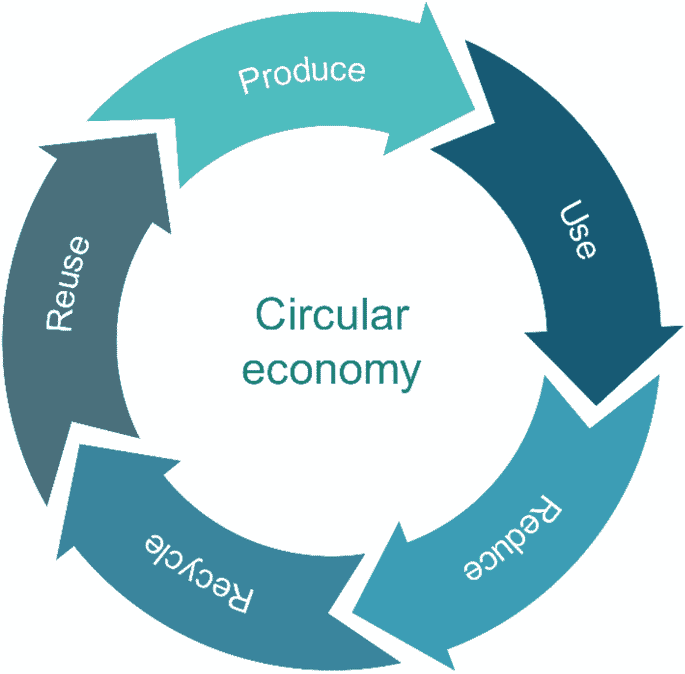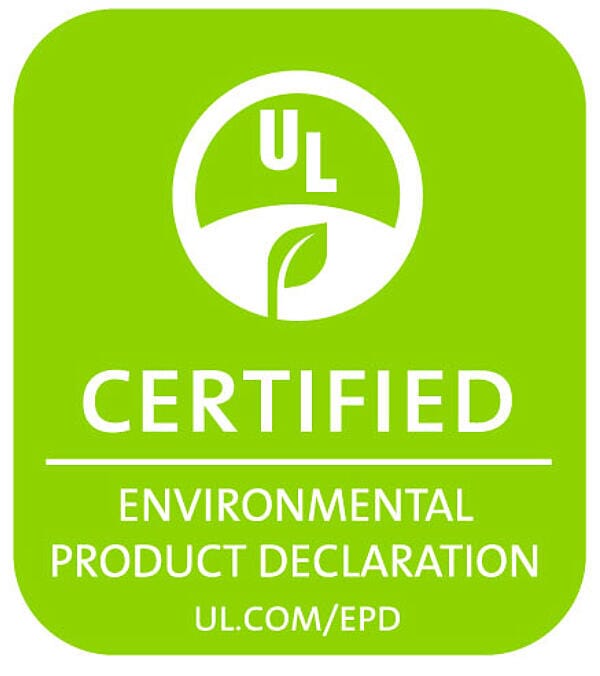
A Lens On Whole Life Carbon
Design & Construction (RIBA 4-5)
A Lens On Whole Life Carbon
In today’s built-environment landscape, developers cannot afford to focus solely on the operational carbon of a building (i.e. the energy used in heating, lighting, and cooling over its lifetime). Increasingly, the embodied carbon – plus the emissions that accrue throughout the full life of a building – must be front and centre of sustainable planning, design and delivery. This is where Whole Life Carbon (WLC) enters the frame.
The concept of WLC refers to the total greenhouse gas emissions associated with the life cycle of a building: from the extraction and manufacture of materials, through transport and construction, through operation and maintenance, to end-of-life demolition, disposal, reuse or recycling.
For developers, this matters for several reasons:
- Regulation and planning policy increasingly require WLC assessments. For example, under the London Plan Policy SI 2, major developments must submit whole life carbon assessments.
- Operational efficiencies have improved dramatically; as buildings become more energy efficient, the proportion of emissions that are embodied (materials, construction, etc.) rises in importance.
- Reputational and investment risk: Developers who ignore whole life carbon run the risk of assets that are stranded (by virtue of poor carbon footprint), face higher operating costs or fail to meet occupier or investor expectations around ESG.
- Future-proofing: A whole life carbon lens helps developers design buildings that adapt, last, reuse materials and maintain value over decades. And with the incoming Net Zero Carbon Building Standard (NZCBS) will define what counts as a ‘net zero’ building, aligning the industry around consistent carbon targets. It’s arrival signals that whole life carbon targets will likely soon be embedded in building regulations.
Energist’s service offering splits the assessment process into three key stages:
- Pre-planning (setting benchmarks, agreeing scope)
- Design analysis (modelling emissions, advising on materials and design)
- Completion analysis (verifying as-built performance and commitments)
For developers, this is a structured way to integrate WLC thinking from early concept through to handover and beyond.

Nial Parkash


The Benefits for Developers
The Benefits for Developers
- Regulatory & Planning Compliance
Many Local Planning Authorities (LPAs) now require WLC assessments as part of the planning submission or as a post-construction condition. Getting ahead of this requirement avoids delays, reduces risk of refused planning or onerous conditions and demonstrates a proactive sustainability stance.
- Competitive Differentiation & ESG Appeal
A robust WLC assessment and the consequent low-carbon credentials position a scheme more favourably with investors, occupiers and funders who are increasingly concerned about ESG performance. Demonstrating that you’ve assessed and optimised the full carbon life-cycle sends a strong message of sustainable commitment.
- Cost-Efficiencies and Better Design Decisions
By assessing embodied carbon early, a developer can make more informed design decisions such as choosing lower carbon materials, designing for reuse, minimising waste, optimising building form and service life. These decisions often drive cost savings or at least cost avoidance (e.g., fewer material changes, less waste, fewer late-stage carbon “fixes”).
- Lifecycle Value & Durability
When you consider how a building will perform and be maintained over decades, how materials will be replaced or refurbished, how the building may be adapted or reused, you are building in flexibility and resilience. That longevity reduces the carbon (and cost) burden of future demolition or replacement.
- Future-proofing Against Policy & Market Shifts
With national targets moving towards net-zero (including embodied carbon) and standards evolving (for example Royal Institution of Chartered Surveyors (WLCA) Professional Standard). Developers who adopt WLC frameworks early are better placed to adapt to stricter material standards, procurement constraints, reporting expectations and circular economy pressures.
Plan confidently. Reduce risk. Build better.
Speak to us for specialist guidance and advice.





